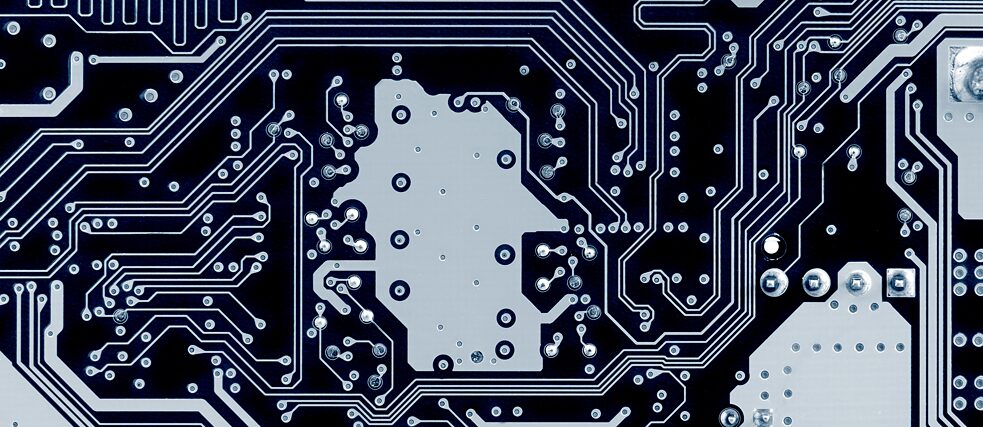Artistic Interventions
The Power of Instabilities and Artistic Reflections
As we have involuntarily received a glimpse into our digital future and have been forced to spend our lives predominantly online for many months, Cultural Programs Curator Bettina Wodianka discusses artistic approaches that critically reflect the impact of media and our habits related to media usage.
By Bettina Wodianka
For decades, experts have predicted a fully digital future. After sheltering-in-place for many months, it feels as if these forecasts have been fulfilled. As if we have involuntarily received a glimpse into this digital future. At the onset of the global quarantine, concert halls, art fairs, musicians, museums, theaters, and other cultural institutions were forced to jump into a fully digital world literally overnight. They were forced to change the way they operate and quickly started to share content virtually with their audiences as they shifted their programs into the digital sphere. Streaming content has never been more important, whether for the survival of cultural institutions or for their audiences. The variety and breadth of these offers all over the world are impressive. Facing extreme restrictions, cultural producers became very creative in the way they presented and offered their content virtually. There are interesting experiments happening that question the relationship between the content and the way of presenting it in order to capture an audience’s interest online that are based on older forms of presentation. But we can also discover new, exciting, and advanced forms.
Since nearly all public gatherings have been called off, we have been forced to spend our lives online. But as we rapidly move into the digital sphere for most of the day – sometimes without taking a break from our screens – our behavior on the internet is shifting, too. We don’t usually consider our own media usage, but examining our relationship with our devices and online content during this quarantine may potentially be an eye-opening experience. Certain technology has turned our existence upside down; the internet has revolutionized communications. For example, in the course of this development, the function photography once held has changed substantially from a means for autobiographical remembering in the analog age into a primarily communicative medium, particularly in use on social media channels.
When it comes to insightful reflections on our habits related to media usage and today’s deeply networked structures, the arts have been playing an important and powerful role. Artists often address societal blind spots in a playful or provocative way by drawing our attention to it. Art can demonstrate how the configuration of a production itself changes the way it is perceived by the audience. It has the wonderful opportunity of making us experience the mechanism of our perception. In this case, our expectation is normally not fulfilled, the habitual is undermined. In the following weeks, I will discuss different artistic approaches that are challenging us in exciting and interesting ways.
